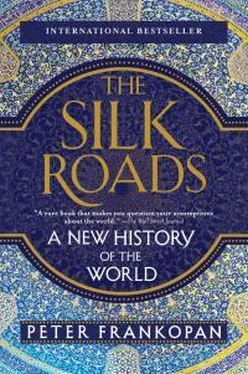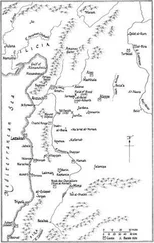22. See for example the recent announcement of a $46bn investment to build the China–Pakistan Economic Corridor, Xinhua, 21 April 2015.
23. Investigative Report on the US National Security Issues Posed by Chinese Telecommunications Companies Huawei and ZTE , U.S. House of Representatives Report, 8 October 2012.
24. Department of Defense, Sustaining US Global Leadership: Priorities for 21st Century Defense (Washington, DC, 2012).
25. President Obama, “Remarks by the President on the Defense Strategic Review,” 5 January 2012, White House.
26. Ministry of Defence, Strategic Trends Programme: Global Strategic Trends—Out to 2040 (London, 2010), p. 10.
27. International Federation for Human Rights, Shanghai Cooperation Organisation: A Vehicle for Human Rights Violations (Paris, 2012).
28. “Erdoğan’s Shanghai Organization remarks lead to confusion, concern,” Today’s Zaman , 28 January 2013.
29. Hillary Clinton, “Remarks at the New Silk Road Ministerial Meeting,” 22 September 2011, New York City.
30. President Xi Jinping, “Promote People-to-People Friendship and Create a Better Future,” 7 September 2013, Xinhua.
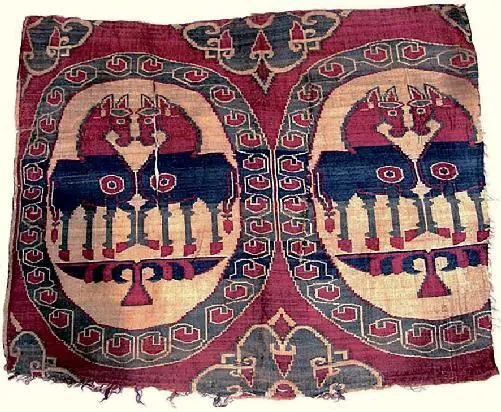
The Vincent Astor Foundation Gift © Metropolitan Museum of Art
The fabrics of the Silk Roads were highly desirable, and were sometimes even used as currency. This textile from the eighth or ninth century shows the famous horses of central Asia.
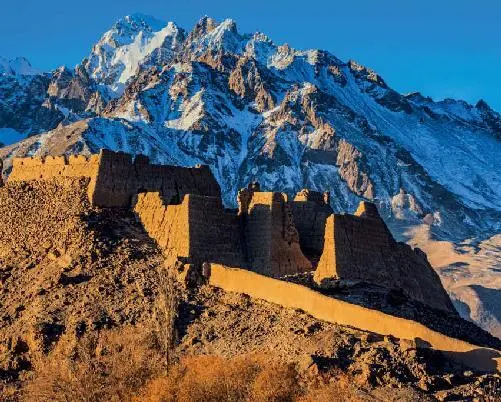
© Feng Wei Photography / Getty Images
The Silk Roads present many challenges, obstacles and natural barriers. These include the Pamir mountains, where passes were heavily protected, such as at Tashkurgan’s Stone Fort ( above ), near Kashgar, and the treacherous Taklamakan Desert in Xinjiang, western China ( next page ).
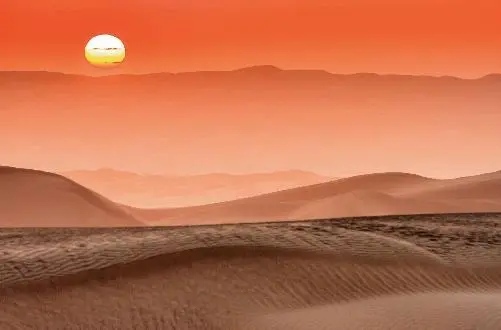
© Feng Wei Photography / Getty Images

Pictures from History / Bridgeman Images
Women preparing newly woven silk. This image was made by the Chinese Emperor Huizong of the Song dynasty, early twelfth century.
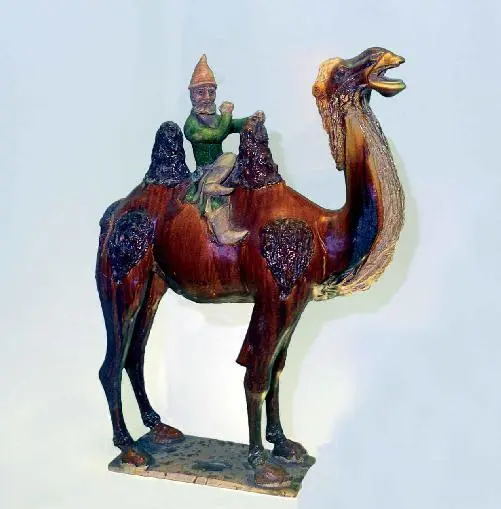
Pictures from History / David Henley / Bridgeman Images
Ceramic sculpture of a Sogdian trader, mounted on a Bactrian camel, dating to the Tang dynasty (618–907 AD).
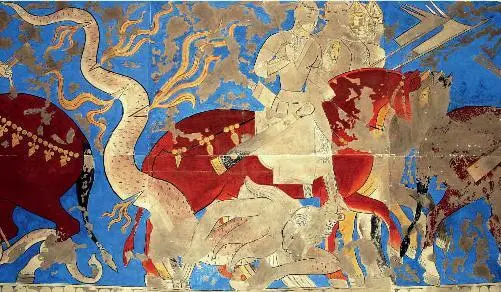
Walter Callens / Getty Images
Lavish decorations from Sogdian palaces in Panji-kent attest to the rewards of trade across Asia.
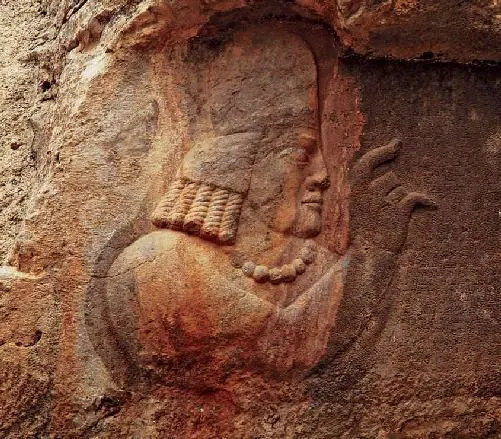
Kaveh Kazemi / Getty Images
Inscription at Naksh-i Rustām of the chief priest, Kirdīr, trumpeting the triumph of Zoroastrianism.

Afghan School / Valley of the Buddhas, Bamyan, Afghanistan / Bridgeman Images
The Buddhas of Bamiyan, symbols of the advance of Buddhism into Central Asia. They were blown up by the Taliban in 2001.
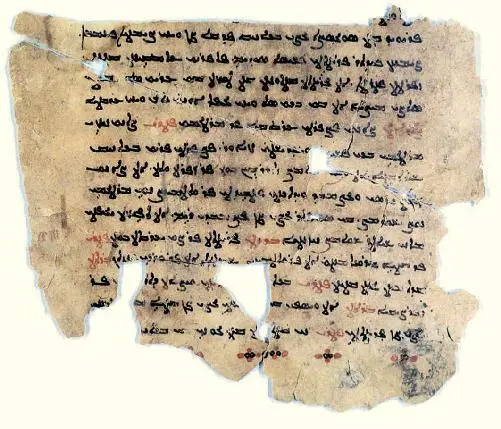
Pictures from History / Bridgeman Images
A Sogdian translation of a Christian psalter, using Syriac script. Disseminating faith in local languages was an important factor in how they spread.
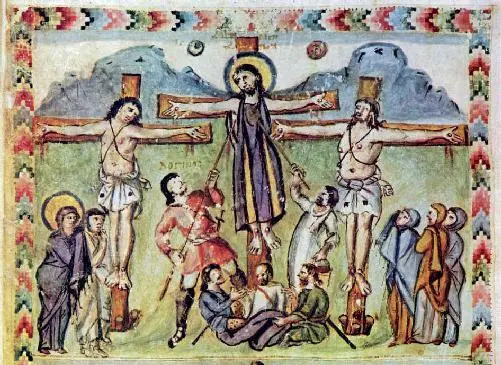
Laurentian Library / Florence
The Crucifixion, from the Rabbula Gospels , a Syriac illuminated manuscript from the sixth century.

Photo12 / UIG via Getty Images
The “Standing Caliph” coin, perhaps depicting the Prophet Mu-h.ammad himself.
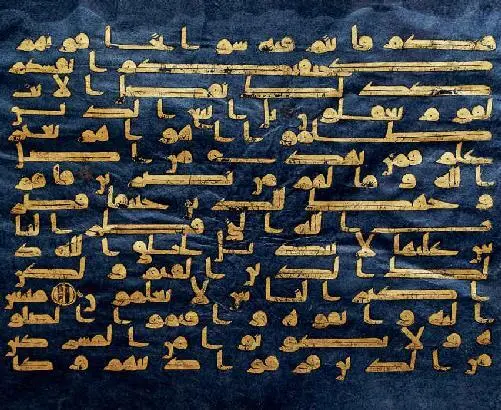
Marie-Lan Nguyen / Commons
A folio of an indigo-dyed copy of the Qur’ān, North Africa, ninth or tenth century.
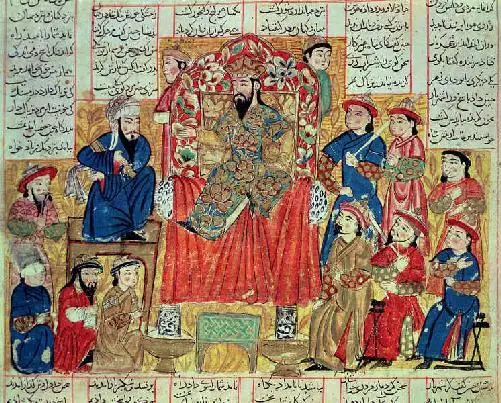
Topkapi Palace Museum, Istanbul, Turkey / Bridgeman Images
The new Muslim empire brought wealth flooding back to the centre. Here the Sultan is shown surrounded by his courtiers, from a manuscript of the Persian epic poem the Shāhnāma by Firdawsī.
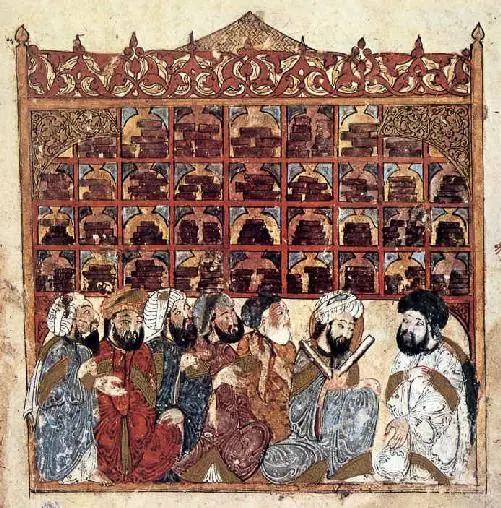
Photo © PVDE / Bridgeman Images
Muslim rulers were great patrons of the arts and of scholarship. Scholars in discussion at an ‘Abbāsid library, image from the Maqāmāt of al-H.arīrī.

Maytham Mahdipoor / Wikimedia Commons
The map of Mah.mūd al-Kāshgharī, showing Balāsāghūn as the centre of the world.
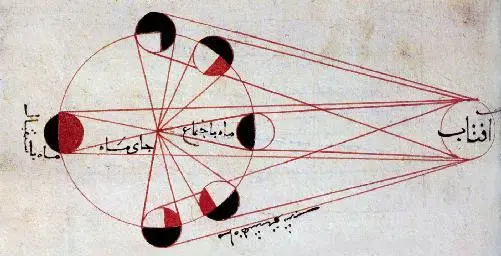
© Pictures from History / Bridgeman Images
Illustration of al-Bīrūnī’s explanation of the phases of the moon.
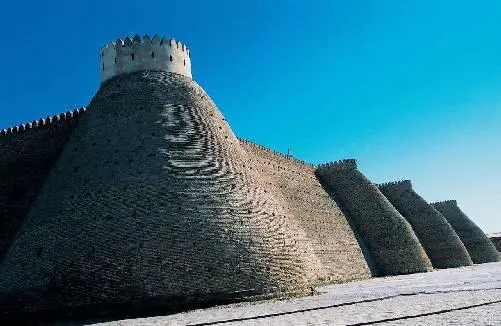
De Agostini / Getty Images
War and trade went hand in hand. The forbidding defensive walls of Bukhara.
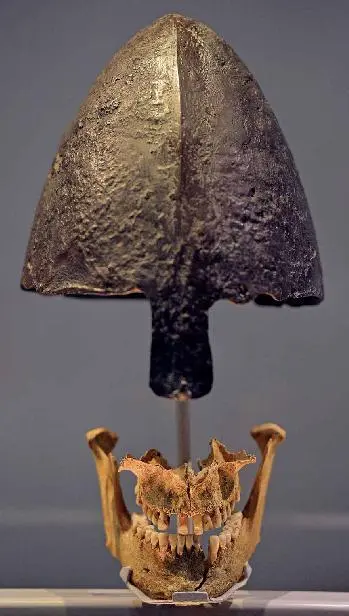
Ben Stansall / AFP / Getty Images
The Vikings were heavily involved in human trafficking. Their reputation for violence played an important part in their success.

Berig-Wikimedia Commons
Detail from a rune-stone from Tilinge, Sweden, commemorating the death of a Scandinavian adventurer in “Serkland”—the land of the Saracens, or Arabs.

Fine Art Images / Heritage Images / Getty Images
The Mongols swept across Asia with astonishing speed. Here, Genghis Khan pursues an enemy, supported by his men.
Читать дальше
